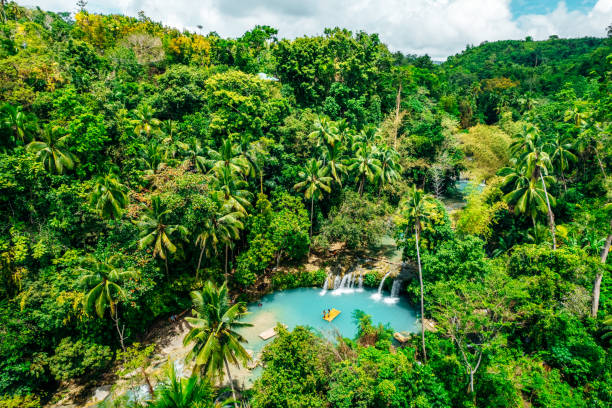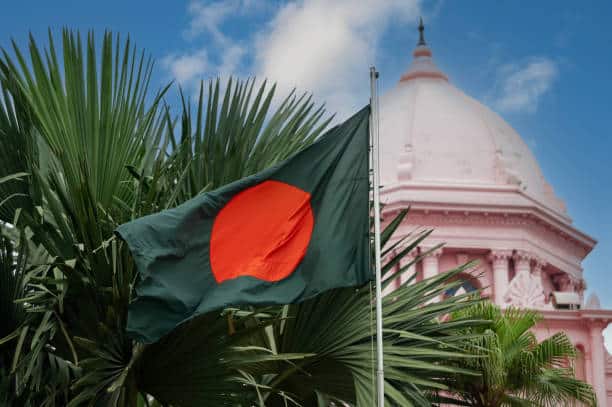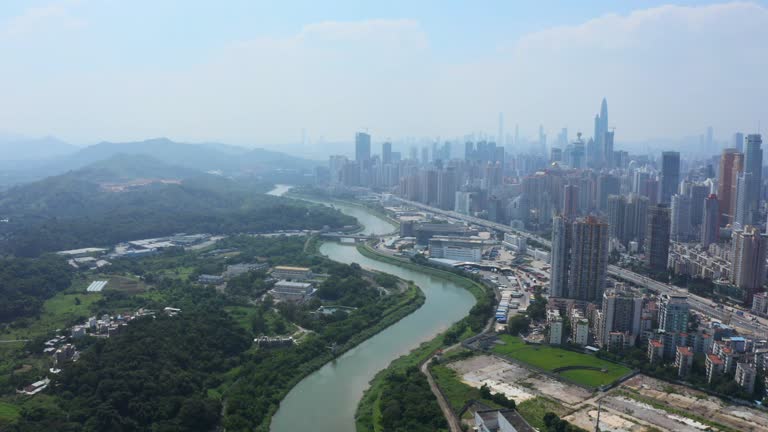Introduction
Asia is considered a growth powerhouse of the world, and there is a new breed of economies that is forging a new world order, a new order of globalization. Especially in the 1960s and 1970s, many of these nations were labeled as developing or least developed countries. Now many of them are emerging from the economic fetters and offering immense opportunities for investment, development, and growth. Contemporary emerging countries in Asia, including Vietnam, Indonesia, the Philippines, Bangladesh, and others, are strongly adopting technology advancement, international business, and social liberalization, with future global power giant potential.
In this blog, a closer look is taken at which parts of Asia could be deemed as key emerging countries and their uniqueness, GDP potential, and overall global economic implications are discussed.
1. Vietnam: Southeast Asia’s Manufacturing Hub

Economic Overview
The manufacturing sector has been the major boost and Vietnam has taken a central position in the economy due to its favorable trade policies. Favorable to political stability and constant attempts to obtain FDI, Vietnam has established itself as a possible China alternative in manufacturing due to lower cost of labor.
Key Sectors
- Manufacturing: Vietnam has the most competitive advantages in textile, electronics and shoe manufacturing industries. Many global players including Samsung, LG, Nike have created huge production centers in this country.
- Technology: Vietnam is emerging as a software industry location for software startups and IT service exports.
- Tourism: Vietnam is a newcomer to the tourism industry and has set its focus in developing cultural tourism, the natural endowments and the relatively cheap tourist attractions.

Economic Challenges
Despite the progress now, it is not exempted from some problems like shortage of labor force, limitation of infrastructure, and increasing concern on environment. The following issues are central in the country to sustain the current growth rate:
2. Indonesia: A Giant Awakens

Economic Overview
Indonesia for instance is currently the leader of the economy in the South East Asia region and is projected to be a towering economy in the near future. With a population of over 270 million heads of population and a rich resource base the country can easily become the leading world economy.

Key Sectors
- Natural Resources: Indonesia is a major exporter of commodities including coal, palm oil and minerals owed to its endowment with natural resources.
- Digital Economy: Technology remains one of the fastest growing industries in the digital economy in the country, especially through social commerce platforms such Gojek and Tokopedia among other startups in the Southeast Asia market.
- Manufacturing and Agriculture: They produce a major portion of Indonesia’s GDP, as the country is a global producer of palm oil and automotive components.

Economic Challenges
Indonesia is an emerging country with a challenge of infrastructure, policies, and income inequality. This is as a result of its capacity to contain such feats defining it in future in the foreign arena.
3. The Philippines: A Services-Oriented Economy

Economic Overview
The Philippines has experienced a high economic growth rate in the last decade though led by the BPO services industry. Being a country with a population that is mostly young and English speaking, the Philippines is a rising force primarily into customer support, IT & BPO, and GCC industries.

Key Sectors
- BPO Industry: The BPO is among the finest industries in the Philippines, with millions of employment and widespread billions of revenue.
- Tourism: Popular for its scenery and ethnic background, the Philippines makes a popular tourist sports hence assisting the country’s economy.
- Remittances: OFWs are one of the most important factors that help in uplifting the Philippine economy through remittance sending.

Economic Challenges
The main problems that are regarding the Philippines include a rather high level of concern to natural disasters, infrastructure development gaps, and weaknesses represented by the high inflow of remittances. These concerns will be quite important to maintain its economic growth in future, if these problems are not solved.
4. Bangladesh: The Rising Tiger of South Asia

Economic Overview
Bangladesh is one of the fastest-growing economies in the global economy and the GDP growth rate has always been higher than its competitors in the region. First, it has sworn from an agricultural-based economy to a manufacturing economy, most especially in textiles.

Key Sectors
- Textiles and Garments: The country, Bangladesh, is the second largest exporter of garments and the textiles division is a key industry in this country.
- Agriculture: Thus, agriculture still plays an important role as an industry, as a significant amount of people are involved in it.
- IT Sector: The IT industry in Bangladesh is still young and expanding; the primary aim is to develop the digital economy and raise export revenues in IT.

Economic Challenges
Then and now the challenge area in Bangladesh is as follows: More poverty rate, higher unemployment rate, more inequality in income, poor transportation infrastructure, weak political stability and fragmentation. But the government is working on some reforms to tackle these problems.
5. Myanmar: A Frontier Market

Economic Overview
After Myanmar has done liberalization and started striving for an economy with an emerging market status. Nonetheless, it remains a possible investment hub despite political instabilities and effect from economic sanction since it has more unexplored natural resource complaints and youthful manpower.

Key Sectors
- Energy and Mining: Myanmar is equipped with abundant amounts of natural resources, especially in natural gas, oil and minerals which led the country to become involved in energy resources.
- Agriculture: It is still an agricultural country and the main export is rice.
- Tourism: Myanmar has a lot of ethical features and historical monuments which popularity is growing each year increasing the countries’ demand.

Economic Challenges
They are a politically unstable country with political sanction to struggle, limit resources, and weak physical infrastructures. Its future as an emerging market depends on its political and economic stability.
6. Cambodia: Small but Growing

Economic Overview
Working on the economy pattern of Cambodia, it has been observed that it is continuously growing due to the contribution of garment industries, agriculture and tourism industries. It is gradually seen as a competition site for foreign investments.

Key Sectors
- Textiles: Similar to Bangladesh and Vietnam, Cambodia also depends on the textile industry as the growth engine for its economy has created employment for many of its citizens.
- Agriculture: Rice production is important in Cambodia because it meets the local demand and also the export market demand.
- Tourism: Being endowed with famous attractions of the world such as Angkor Wat and other historical attractions, tourism is gradually becoming one of the major sources of revenue for Cambodia.

Economic Challenges
Corruption has to be fought, education has to be made better, and infrastructure development has to be done if Cambodia is to maintain such a trajectory of growth.
Conclusion
They observe that Asian emerging countries are on steep growth patterns, attributed to technology, industrialization and FDI. Indonesia, Vietnam, the Philipines, Bangladesh, Myanmar, and Cambodia are amongst nations that are laid down as potential future economic giants. But it has not been an easy journey; they are still facing Road challenges which include; Infrastructure facilities & income disparity, political instabilities & environmental issues.
To businesses, investors, and stakeholders globally, knowledge about these emerging markets will be central to grasping the potential of these markets. Potential policy measures, correct investments and sound measures of sustainable development indicate that these sophisticated nations could be rivaling some of the largest economies in the shortest time possible.




